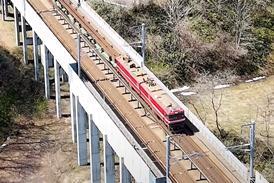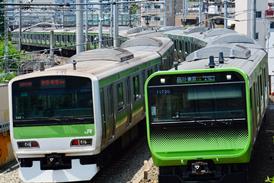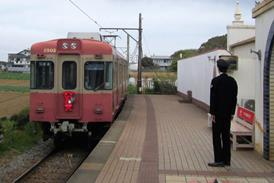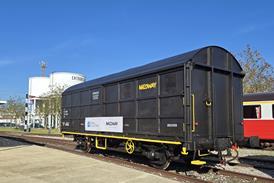Close menu
- Home
-
News
- Back to parent navigation item
- News
- Traction and rolling stock
- Passenger
- High speed
- Freight
- Infrastructure
- Policy
- Technology
- Ticketing
- Business
- Research, training and skills
- Accessibility and inclusion
- People
- Urban rail news
- Suburban and commuter rail
- Metro
- Light rail and tram
- Monorail and peoplemover
- Regions
- InnoTrans
- In depth
- Events
- Data
- Maps
- Tenders & Jobs
- Sponsored content
- Insights
RZD eliminates regional boundaries
By Railway Gazette International1997-03-01T11:00:00
RUSSIAN Railways is implementing a sweeping reorganisation programme that sees the number of regional managements cut from 19 to six. Foreshadowed last May at a special railway congress held in Moscow (RG 7.96 p403), the restructuring has now been approved by both parliament and government. Each of the new regions ...
Already have an account? LOG IN
To continue…
You’ve reached your limit of content for the month














